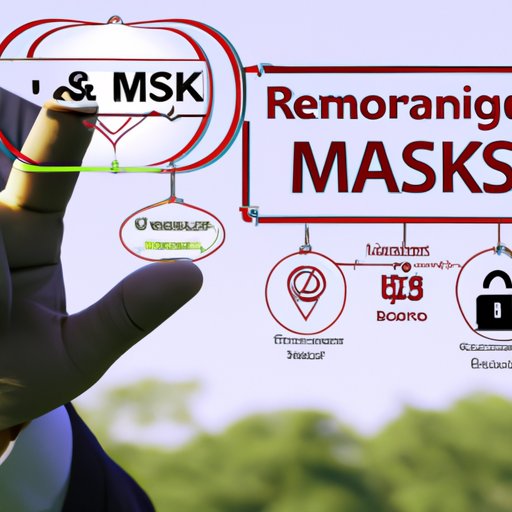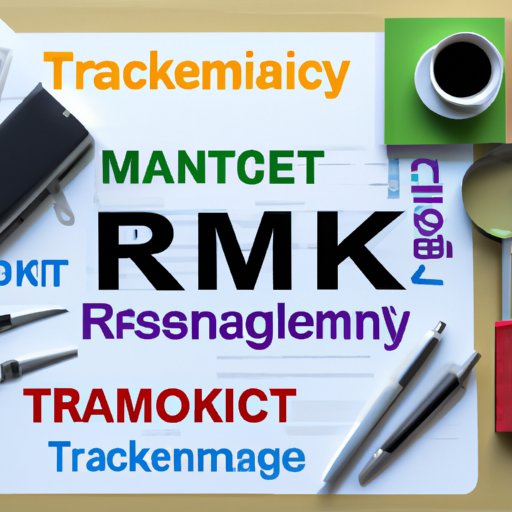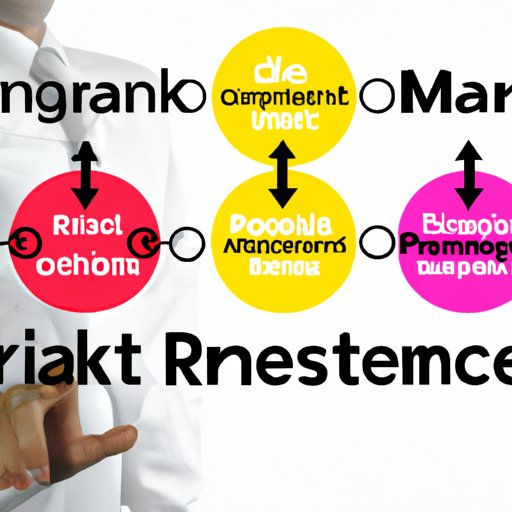Introduction: What is Technology Risk Management?
Technology risk management is the process of identifying, assessing, and mitigating potential risks associated with technology in order to protect an organization’s assets and interests. It involves a comprehensive approach to managing risk by evaluating the likelihood of a threat, understanding the implications of that threat, and taking steps to reduce or eliminate it. By doing so, organizations can safeguard their data and operations from potential harm caused by malicious actors, natural disasters, system failures, and other threats.

Exploring the Basics of Technology Risk Management
Technology risk management is a critical component of any successful business. To understand the concept, let’s take a look at some of the key components.
Definition
The International Organization for Standardization (ISO) defines technology risk management as “the process of identifying, assessing, and mitigating information technology risks in order to ensure that IT operations are secure and reliable.” It is a proactive approach to minimizing risk and ensuring that systems are secure and running optimally.
Key Components
Technology risk management consists of five key components: identification, assessment, mitigation, monitoring, and reporting. The process begins with identifying potential risks and then assessing the severity of those risks. Once the risks have been identified and assessed, the next step is to develop strategies for mitigating them. This could include implementing security solutions, developing policies and procedures, or conducting training. Finally, the process is completed by monitoring the effectiveness of risk mitigation measures and reporting on progress.
Examples
Examples of technology risk management include protecting against malware and viruses, preventing unauthorized access to sensitive data, and establishing disaster recovery plans. These are just a few examples of how organizations can use technology risk management to protect their assets and operations.
Analyzing the Benefits of Technology Risk Management
Technology risk management provides numerous benefits for organizations. Let’s take a closer look at some of the key advantages.
Improved Security
One of the primary benefits of technology risk management is improved security. By identifying and mitigating potential risks, organizations can protect their data and operations from malicious actors, natural disasters, and system failures. According to a study by Deloitte, “organizations that have a mature approach to risk management are more likely to achieve higher levels of security and compliance.”
Cost Savings
Technology risk management can also help organizations save money. By proactively addressing potential risks, organizations can avoid costly breaches and downtime. Additionally, by implementing security solutions and procedures, organizations can reduce the amount of time and money spent responding to incidents. As the Deloitte study found, “a mature approach to risk management can result in cost savings of up to 30%.”
Increased Efficiency
Finally, technology risk management can help organizations increase efficiency. By automating processes and leveraging data-driven insights, organizations can streamline operations and identify areas for improvement. According to a report by the World Economic Forum, “a well-designed risk management program can help organizations improve operational efficiency, reduce costs, and create new opportunities for growth.”
Examining the Challenges of Technology Risk Management
Although there are many benefits to technology risk management, there are also some challenges that organizations should be aware of.
Complexity
One of the main challenges of technology risk management is complexity. With the ever-changing landscape of technology, organizations must constantly evaluate and update their risk management strategies. As the World Economic Forum report states, “it can be difficult to keep up with the rapid pace of change in technology and the corresponding risks.”
Resources
Another challenge of technology risk management is resources. Organizations must have the necessary personnel, expertise, and budget to effectively manage risks. As the Deloitte study found, “many organizations lack the resources to adequately address their technology risks.”
Staying Up to Date
Finally, organizations must stay up to date on the latest trends and technologies in order to effectively manage risks. As the World Economic Forum report states, “organizations must remain vigilant about emerging threats and adjust their risk management strategies accordingly.”
Investigating the Strategies of Technology Risk Management
Organizations must employ a variety of strategies to effectively manage technology risks. Let’s take a closer look at some of the key strategies.
Risk Assessment
The first step in technology risk management is risk assessment. This involves identifying potential risks and understanding their implications. Organizations should consider both external and internal threats, such as cyberattacks, data breaches, system failures, and natural disasters. A thorough risk assessment can help organizations prioritize risks and make informed decisions.
Risk Mitigation
Once potential risks have been identified, organizations should develop strategies for mitigating them. This could include implementing security solutions, developing policies and procedures, and conducting training. Organizations should also consider using automation and data analysis to streamline processes and gain insights into potential risks.
Risk Monitoring
Finally, organizations should monitor the effectiveness of risk mitigation measures and report on progress. This includes regularly reviewing security protocols and procedures, auditing systems, and tracking incidents. Regular monitoring can help organizations identify potential risks and ensure that mitigation measures are effective.

Evaluating the Tools for Technology Risk Management
Organizations must have the right tools to effectively manage technology risks. Here are some of the key tools.
Automation
Automation can be used to streamline processes and reduce manual tasks. Automated tools can be used to detect anomalies, monitor systems, and respond to incidents quickly. Automation can also help organizations identify potential risks and take action before they become serious problems.
Data Analysis
Data analysis can provide valuable insights into potential risks. Organizations can use data analysis to understand the impact of threats, assess the likelihood of incidents, and develop strategies for mitigating risks. Data analysis can also help organizations identify areas for improvement and optimize processes.
Security Solutions
Finally, organizations should invest in security solutions to protect their data and operations. This could include firewalls, encryption, and authentication systems. Security solutions can help organizations detect and prevent malicious actors, protect confidential data, and ensure compliance with regulations.

Comparing Different Types of Technology Risk Management
There are several different types of technology risk management, each with its own set of strategies and tools. Let’s take a look at some of the key differences.
Enterprise Risk Management
Enterprise risk management is a comprehensive approach that focuses on identifying, assessing, and mitigating risks across the organization. It involves evaluating the entire enterprise, including all departments, processes, and systems. Enterprise risk management can help organizations identify potential risks and develop strategies for mitigating them.
IT Risk Management
IT risk management is focused specifically on managing risks related to information technology. It involves assessing the security of systems, networks, and applications, as well as developing policies and procedures to protect data and operations. IT risk management can help organizations identify potential vulnerabilities and take steps to protect their assets.
Operational Risk Management
Operational risk management is focused on ensuring that operations are running smoothly and efficiently. It involves analyzing processes, identifying areas for improvement, and implementing changes to optimize performance. Operational risk management can help organizations maximize efficiency and minimize disruptions.
Conclusion
Technology risk management is a critical component of any successful business. It involves identifying, assessing, and mitigating potential risks in order to protect an organization’s assets and interests. There are many benefits to technology risk management, such as improved security, cost savings, and increased efficiency. However, there are also some challenges, such as complexity, resources, and staying up to date. Organizations must employ a variety of strategies, such as risk assessment, risk mitigation, and risk monitoring, and use the right tools, such as automation, data analysis, and security solutions. There are also several different types of technology risk management, such as enterprise risk management, IT risk management, and operational risk management. By employing these strategies and tools, organizations can effectively manage risks and protect their data and operations.
(Note: Is this article not meeting your expectations? Do you have knowledge or insights to share? Unlock new opportunities and expand your reach by joining our authors team. Click Registration to join us and share your expertise with our readers.)
